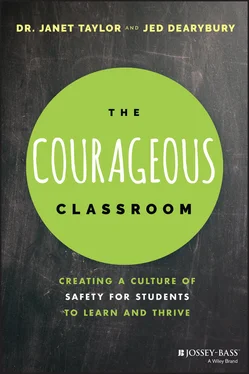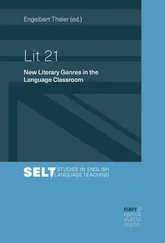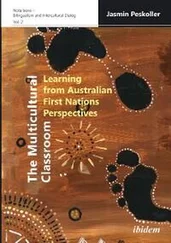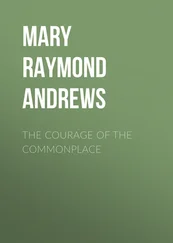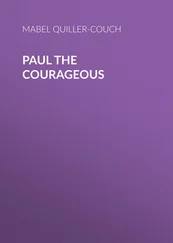Trauma is real. Our students, whether we know every modicum of the details, come to us having had countless experiences that impact their learning. In order to teach these students, we must be informed of what they bring so that we do not add to their pain, but help. No, we are not their saviors. We are their teachers. But, in order to teach, we have to know about the whole child as best we can.
As I reflect back on my time with Kimmie, I ask myself a million questions.
Did I help?
Did I hurt?
Did I do enough?
Did I do too much?
Did I try as hard as I could?
Did I try too hard?
Was I over the top?
Was I under the top?
I am sure that educators reading this will relate to those questions. Our work is a constant circle of “do, reflect, do again, reflect again.” It's the nature of who we are and what drives us to be better each day we enter the school building.
She arrived mid-October without notice, and she left the same way in mid- April. I have not seen or heard from her since. The only thing we were told by the Department of Social Services was that she was in a safe place.
What is a safe place for someone like Kimmie? Certainly the absence of sexual abusers. But, what else does a student like Kimmie need to be safe? The basics for human life of course, but she also needs caregivers, educators, and community members who are trauma informed so that they nurture and love her where she is and help her find her way out of the hellish nightmare she had lived in her seven or so years of life.
Kimmie needed a school with a program, organization, or system that was full of trauma-informed teachers who created courageous classrooms with these three key components.
1 Realizes the widespread impact of trauma and understands potential paths for recovery.
2 Recognizes the signs and symptoms of trauma in clients, families, staff, and others involved with the system.
3 Responds by fully integrating knowledge about trauma into policies, procedures, and practices; and seeks to actively resist re-traumatization. (SAMHSA 2012)
As Kimmie's teacher, I fully realized the likely negative impact of trauma on her learning. I was well versed in the effects of my own personal trauma, but I had no ideas about how to provide her a path to recovery as her teacher. I certainly recognized the symptoms of trauma as she screamed, snotted, and ran away, but what did I know about dealing with those behaviors as a result of the abuse she had suffered and it all being triggered as she stood looking at me, her male teacher? At that moment, I wish I could have responded knowledgeably with a procedure or practice that was research based and relevant to the scene playing out in the hallway. Sadly, I wasn't. Now, some decade later, I have learned a lot, but I often wonder what kind of courageous classroom I could have created had I been trauma informed from day one of my educational certification degree rather than 10 years into it.
Reflect for a moment before reading any further.
Do you feel adequately trained as an educator for a student like Kimmie?
Did your college coursework guide you to an understanding of this type of trauma and its effect on a student's ability to learn?
Has your district provided ongoing professional development and guidance for faculty and staff who will serve as caretakers for students like her?
Has your school administrator ever offered to send you to a conference or seminar where the focus of the work was educating students of trauma?
Do you own an educational resource other than this book that has influenced your work with students of trauma?
If you are like me, if you are like millions of other teachers, sadly, the answer – to at least one of these questions – is no. That must change. Our students are becoming more and more affected by trauma each year. According to a 2007 study, students report a traumatic event by the age of 16 (Copeland et al. 2007), traumatic events can include but are not limited to:
psychological, physical, or sexual abuse;
community or school violence;
witnessing or experiencing sexual violence;
natural disasters;
terrorism;
commercial sexual exploitation;
sudden or violent loss of a loved one;
deployment, loss, or injury of parent due to military service;
physical or sexual assault; and
serious accident or life-threatening illness.
When you read the list, thinking about students past, present, and future, it might feel overwhelming to consider how one might engage in teaching a student who has experienced any of these. It is likely that many students have experienced multiple such events. It is incomprehensible that there isn't more training offered to educators given the overwhelming weight of the task of caring for and teaching a child who has dealt with so much. So where do we begin to become a more trauma-informed educator? You are in the right place.
I told you to imagine it was one of yours. It was one of mine. The fear, the trauma, the abuse that Kimmie faced prior to ever setting foot in my classroom will never leave my brain. Her trauma in many ways became my own. It opened my eyes to the horrible things my students faced on a regular basis and led me to action. Before I could help Kimmie, and students like her, I had to face my own traumatic experiences.
Jed: Dr. Janet, after years of reflection, I still think about Kimmie and her time in my classroom. What are some strategies that you would suggest to teachers like me, who haven't been adequately trained to help students like her?
Dr. Janet: When we are faced with the pain of others, whether it's students or our clients, we want to help. Our own level of experience or perceived competence can make us feel inadequate or under trained and, frankly, fearful. It's important to understand that by being there and holding a space of calm and a desire to understand them, we can observe, listen, and mindfully create a plan for their safety. You can't teach compassion, but we all have the capacity. Being a trauma-informed teacher can be learned. Given the high number of students who have been exposed to trauma, it's a necessary skill. A strategy would be to non-judgmentally assess the situation. Push away the gremlin (inner critic) who tells you, “You can't handle it.” Listen to understand what the student needs at the moment, and then familiarize yourself with your school's resources. Avoid using phrases like, “It's going to be alright” or “stop yelling” and ask, “What do you need?” “How can I help?” When calm has resumed, debrief with a colleague or supervisor to learn and share best practices.
Jed: I often hear the phrase “hold space.” Can you elaborate a bit more about what that means?
Dr. Janet: Holding the space refers to honoring the interaction and communication between you and another person. Most of the communication is non-verbal and the deepest listening is when no words are spoken but you notice and feel. It means pushing down your anxiety or angst and being fully present, not compelled to answer or solve but simply to be.
Jed: Can you share some examples of non-verbal communication that we may see?
Dr. Janet: I always look for discrepancies. You may see a tearful child who says, “I'm okay” or one who balls up their fists and doesn't make eye contact. The point is not to ignore their presentation by listening to their words but by carefully, critically looking at them and trying to feel what they are giving off. When someone has their arms folded or head down, it's usually a cue that they feel some angst. Try to lead by observing their stance and eye contact – that often speak volumes more than their words.
Читать дальше
